The Space Coast International Air Show soars into Space Coast Regional Airport just outside the gate of Kennedy Space Center on May 21-22, 2022 as the AirDotShow Live Tour returns to Florida’s Space Coast for it second destination on the 2022 Tour.
Enjoy live performances from the EA-18 Growlers, the F-22 Raptor Demo Team and more!
Over 30 aircraft displayed on the ground including an F-14 Tomcat, F-4J Phantom II, F-16 Fighting Falcon, and a Blue Angel Legacy Hornet!
Plan your trip to Florida’s Space Coast now and experience a weekend of aviation and spaceflight inspiration that you’ll never forget!
Performer Line-Up
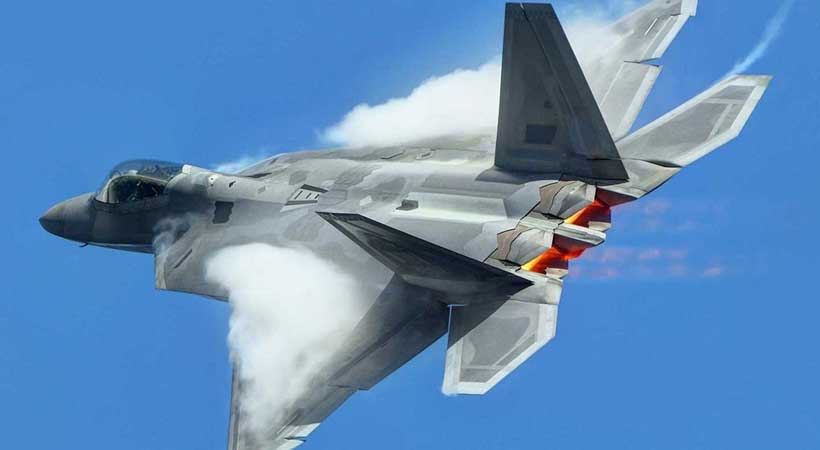
The F-22 Raptor is the fastest and most maneuverable fighter jet in the world today. The F-22’s twin engines produce more thrust than any other fighter. Combined with its sleek aerodynamic design, this allows the F-22 to “Supercruise” at 1.5 times the speed of sound without using fuel consuming afterburner. The F-22’s unique thrust vectoring and advanced flight controls allow it to outmaneuver any other aircraft. The F-22 Raptor demo puts thrust vectoring on full display during its demonstration defying imagination as it climbs straight up, stops in mid-air, then reverses towards the ground before flipping the nose around in a summersault at near zero forward speed. The F-22 makes sharp, sudden turns displacing and compress air into vapor and you often see the Raptor creating its own weather system with massive clouds that engulf the jet. > Click Here for more info and photos of the F-22 Raptor.
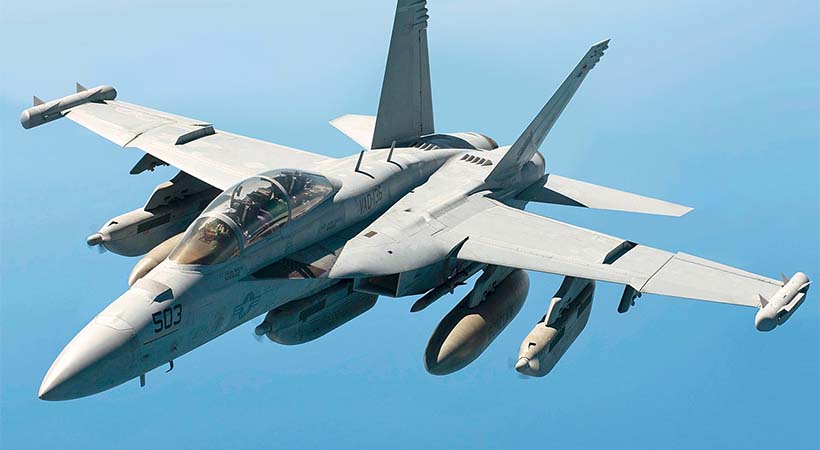
The EA-18G Growler is the most advanced airborne electronic attack (AEA) platform and is the only one in production today. A variant of the combat-proven F/A-18F Super Hornet, the Growler provides tactical jamming and electronic protection to U.S. military forces and allies around the world. Industry and the U.S. Navy continue to invest in advanced Growler capabilities to ensure it continues to protect all strike aircraft during high-threat missions for decades to come.
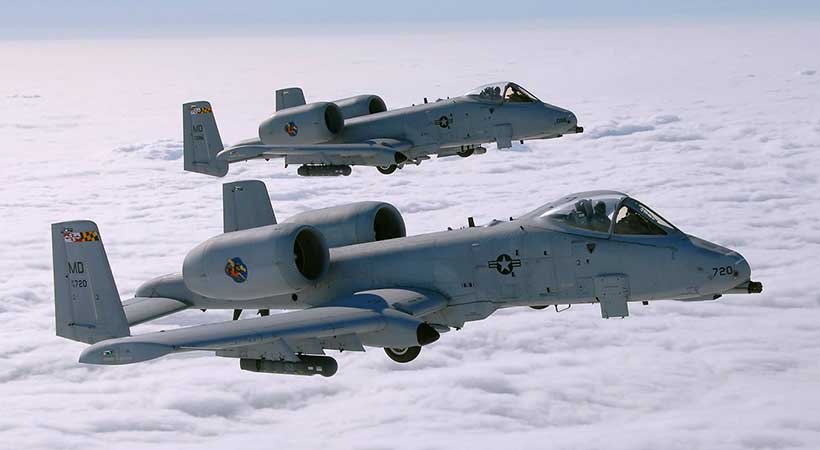
The A-10 Thunderbolt II better known as the “Warthog” is a single-pilot attack aircraft designed for short takeoffs and landings from primitive airfields. The A-10 can operate nearly anywhere and provide ground troops with close air support. The entire aircraft was largely designed around its nose gun, a 30 mm Avenger cannon. The seven-barrel rotary cannon measures nine feet long and fires 30mm armor-piercing shells at a rate of nearly 4,000 rounds per minute. As a result it has been given the nickname “Tank killer”. The Avenger cannon also represents over 15 percent of the aircraft’s weight. When the gun is removed for maintenance, the A-10’s tail must be supported to keep the nose from tipping up.
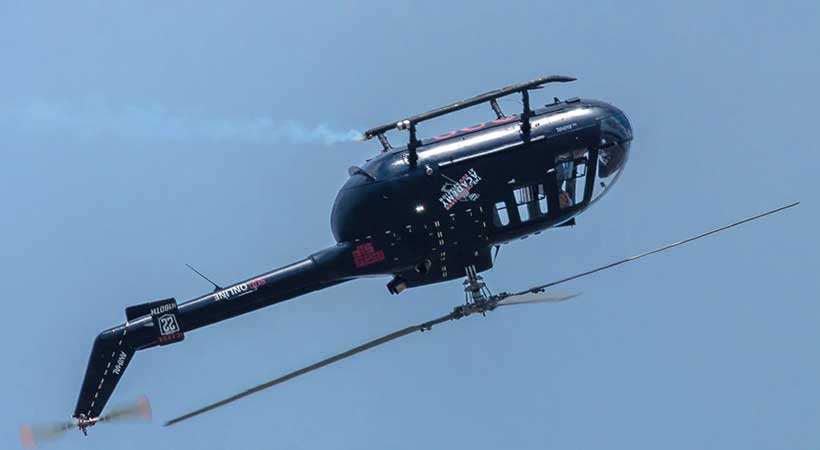
Chuck Aaron is one of only a few pilots in the world licensed to fly helicopters acrobatically. Chuck worked together to create the famous Red Bull Helicopter and became famous for dazzling millions of people at air shows and special Red Bull events all over North America. His mastery earned him the opportunity to fly in the open scene of the James Bond movie “Spectre.” Today, Chuck uses his skills at the University of Utah using the aerobatic tolerances of his highly modified helicopter to teach students how to fly safe and recover from harrowing situations.
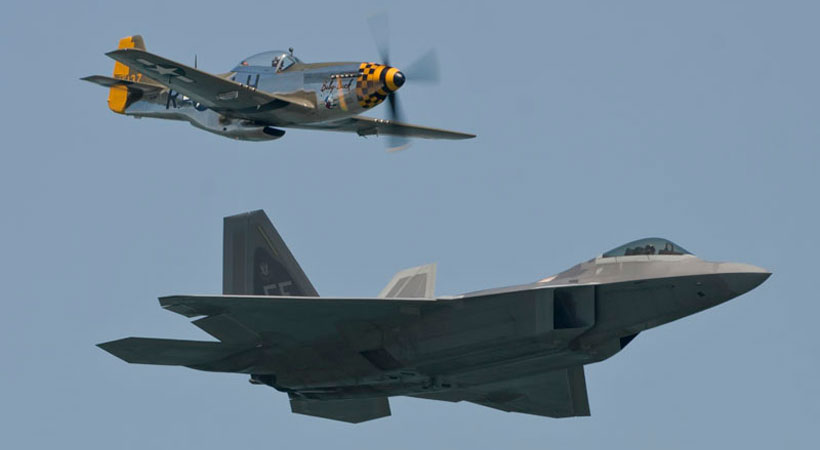
The U.S. Air Force Heritage Flight program presents the evolution of USAF air power by flying today’s fighter aircraft in close formation with vintage fighter aircraft. It was created in 1997 to celebrate the 50th Anniversary of the United States Air Force. It incorporates fighters from World War II, the Vietnam War, the Korean War and other conflicts in which the USAF has been involved.
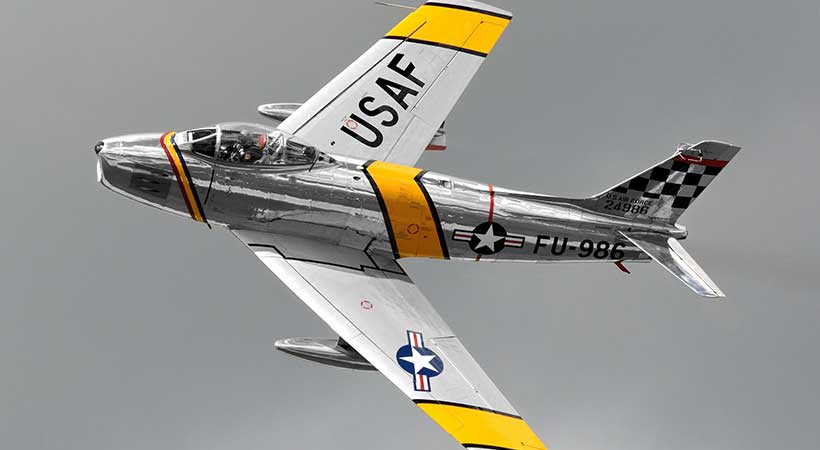
The North American F-86 Sabre is best known as the first U.S. military swept wing fighter that could counter the Soviet MIG-15 in high-speed dogfights during the Korean War, fighting some of the earliest jet-to-jet battles in history. Considered one of the best and most important fighter aircraft in that war, the F-86 was one of the most capable fighters of its time. Although it was developed in the late 1940s and was outdated by the end of the 1950s, the Sabre proved versatile and adaptable and continued as a front-line fighter in numerous air forces, retiring in 1994. Its success led to an extended production run of more than 7,800 aircraft between 1949 and 1956.
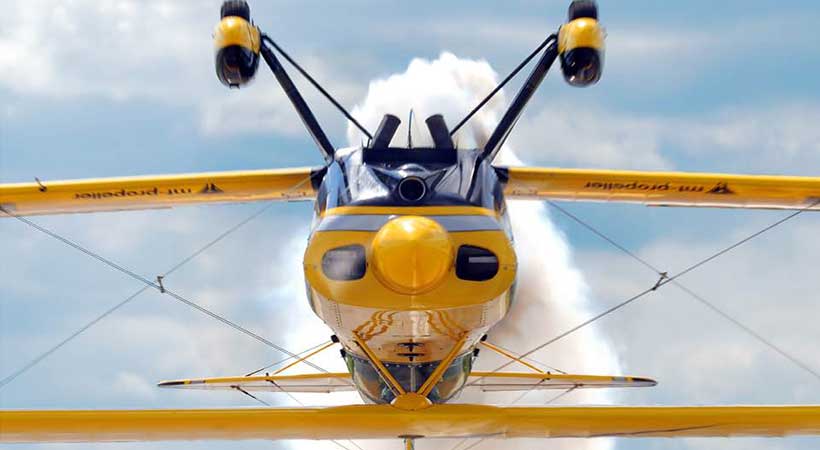
Smoke on! Get ready for the exciting, high energy aerobatic performance by Buck Roetman in his highly modified Pitts S2S performing daredevil aerobatic maneuvers, including cutting a ribbon with his propeller at over 200 mph just 20 feet off the ground!
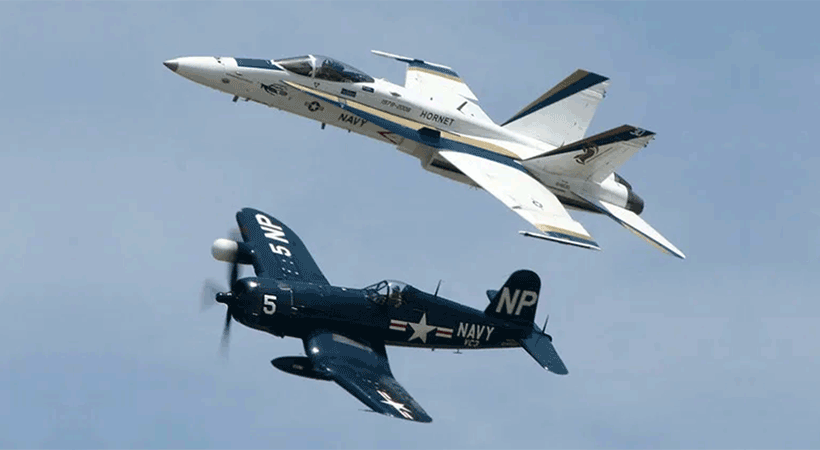
The Navy Legacy Flight will feature two E/A-18 Growlers and an F4U Corsair in a three aircraft formation flight showcasing the past and future of Naval aviation. The formation will make three formation passes and then light up the sky with separate high speed passes by the F4U and the E/A-18s!
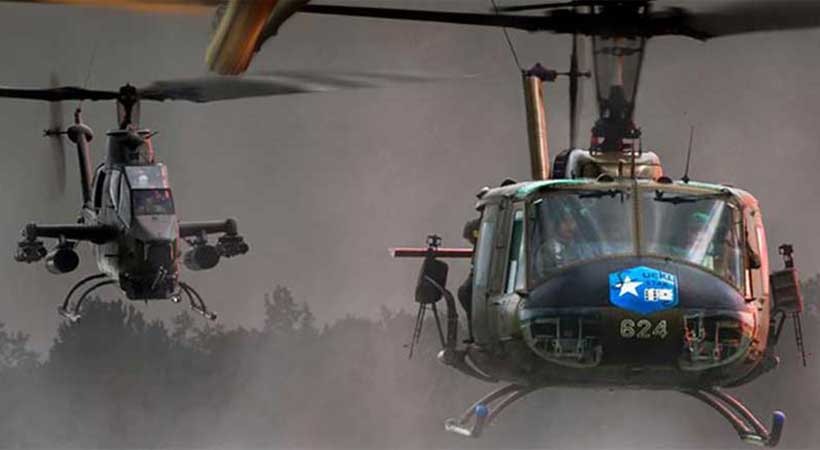
The Army Aviation Heritage Foundation is a dedicated group of veteran pilots performing at various events around the country in support of our country’s military and veterans. The Vietnam Era Tactical Helicopter Demo they perform features a popular AH-IF Cobra performing an awe-inspiring routine that demonstrates the dynamic maneuverability and capability of the attack helicopter.
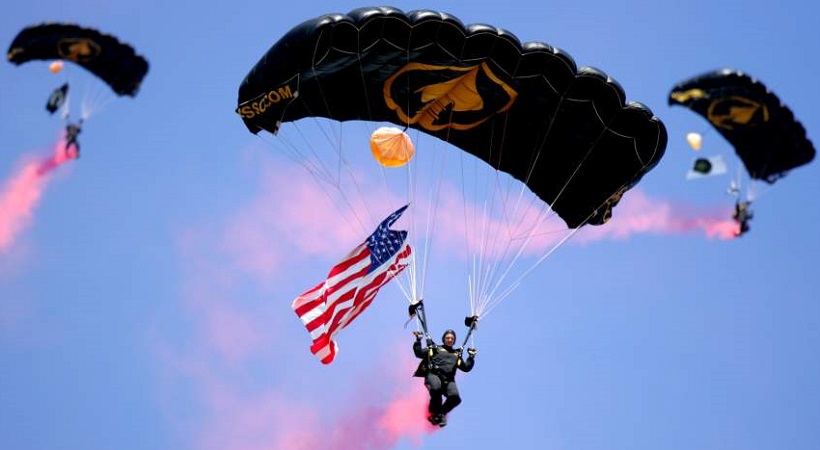
The United States Special Operations Command Parachute Team, known as the Para-Commandos, is composed of volunteers from the United States Army, Navy, Air Force, Marines and U.S. government civilians who are assigned to the Special Operations Command. Formed in 1991, the Para-Commandos represent the elite Special Operations Forces of the United States armed services.
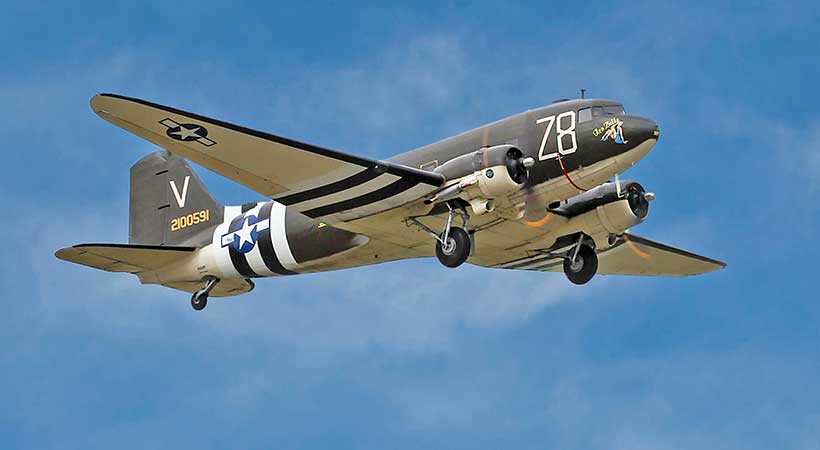
The Douglas C-47 was a direct militarized variant of the Douglas DC-3 airliner. First flying on December 23rd, 1941, a mere sixteen days after the Japanese Attack on Pearl Harbor. “Tico Belle” is a flying memorial to the men who flew her into combat. On June 5, 1944, she was one of the hundreds of C-47s that flew across the English Channel on D-Day, dropping members of the 82ndAirborne behind enemy lines.
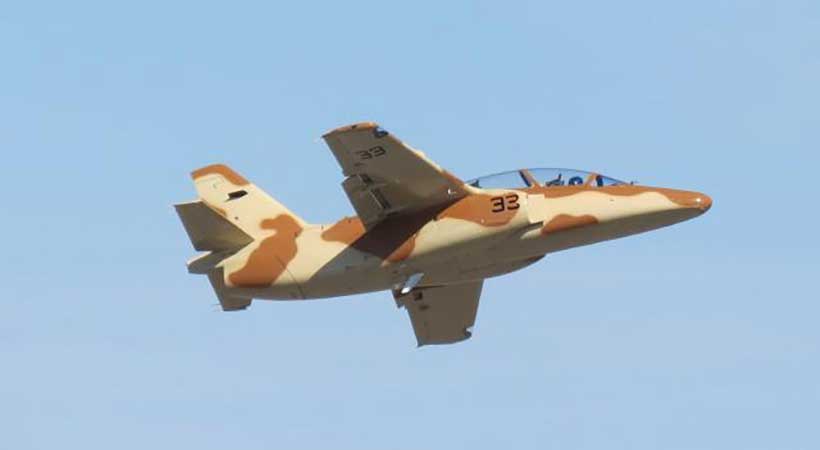
The SIAI-Marchetti S.211 is a military trainer jet designed and originally marketed by Italian aviation manufacturer Marchetti. On 10 April 1981, the first prototype performed its maiden flight. Only 60 aircraft have been sold to air forces around the world. An extensively redesigned and modernised derivative, the Aermacchi M-345, has been developed by Alenia Aermacchi.
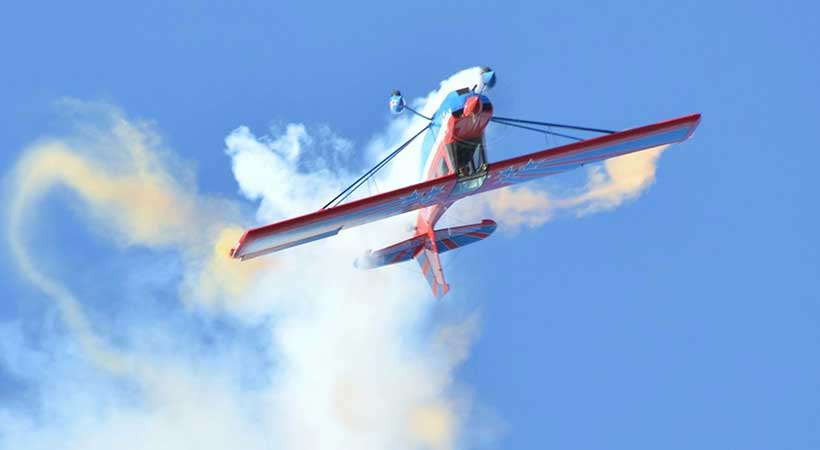
John Black flies his Super Decathlon to the edge of the envelope putting on an dynamic display and showing what you can really make an over-the-wing airplane do! John learned to fly at just 17 and his first aerobatic lesson was in the very same type of plane he flies for his air show performance. A retired Air Force pilot, John currently flies the P-51 Mustang, L-39, and AT-6 when he’s not gracing the skies and wowing crowds with his show stopping performance!
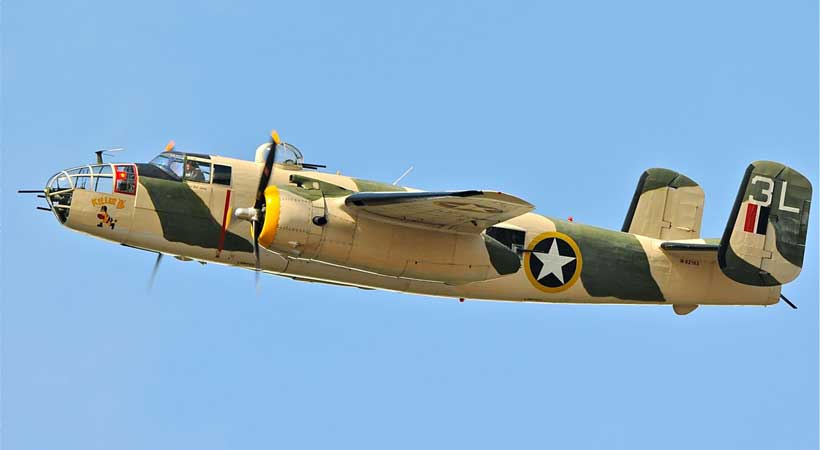
The North American B-25 Mitchell is a medium bomber that was introduced in 1941 and named in honor of Major General William “Billy” Mitchell, a pioneer of U.S. military aviation. Used by many Allied air forces, the B-25 served in every theater of World War II, and after the war ended, many remained in service, operating across four decades. Produced in numerous variants, nearly 10,000 B-25s were built. These included a few limited models such as the F-10 reconnaissance aircraft, the AT-24 crew trainers, and the United States Marine Corps’ PBJ-1 patrol bomber.
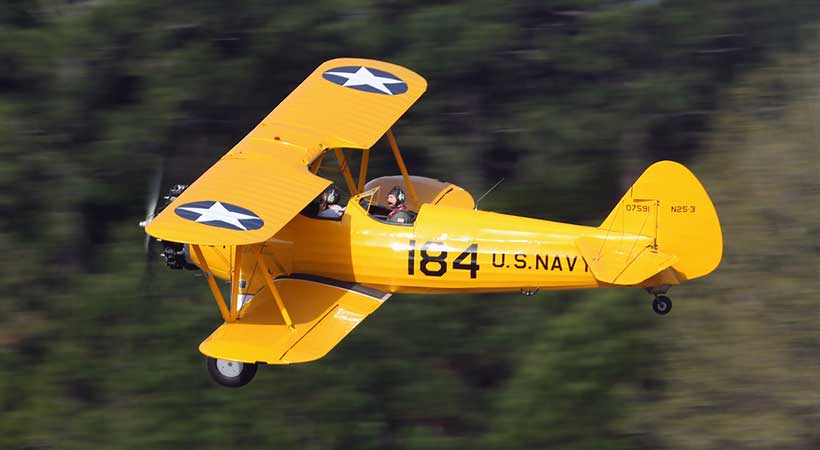
The Stearman Model 75 is a biplane formerly used as a military trainer aircraft. At least 10,626 were built in the United States during the 1930s and 1940s. Widely known as the Stearman or Kaydet, it served as a primary trainer for the United States Army Air Forces, the Navy, and with the Royal Canadian Air Force throughout World War II.
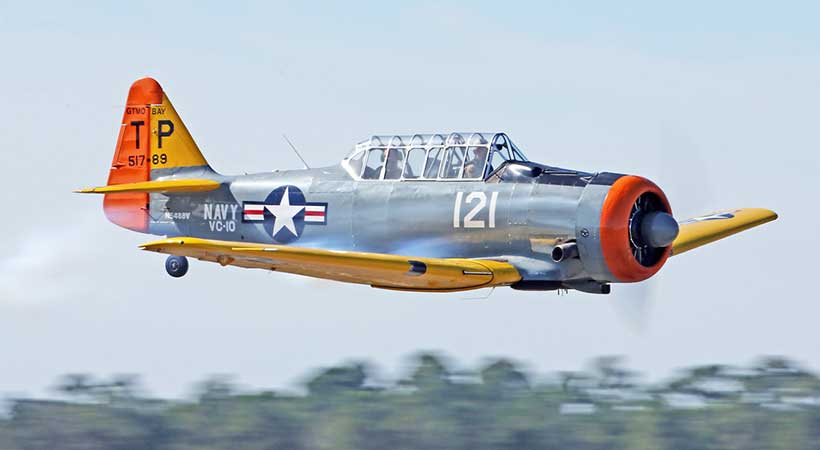
The SNJ-4 is a derivative of a trainer ordered by the U. S. Army. North American Aviation entered the aircraft designed by J. H. “Dutch” Kindelberger, J. L. Atwood and H. R. Raynor-in the U.S. Army Basic Training Competition in 1935. During World War II, the SNJ-4 and its derivatives became the advanced trainer for the Army, Navy and Royal Air Force among many other air forces.